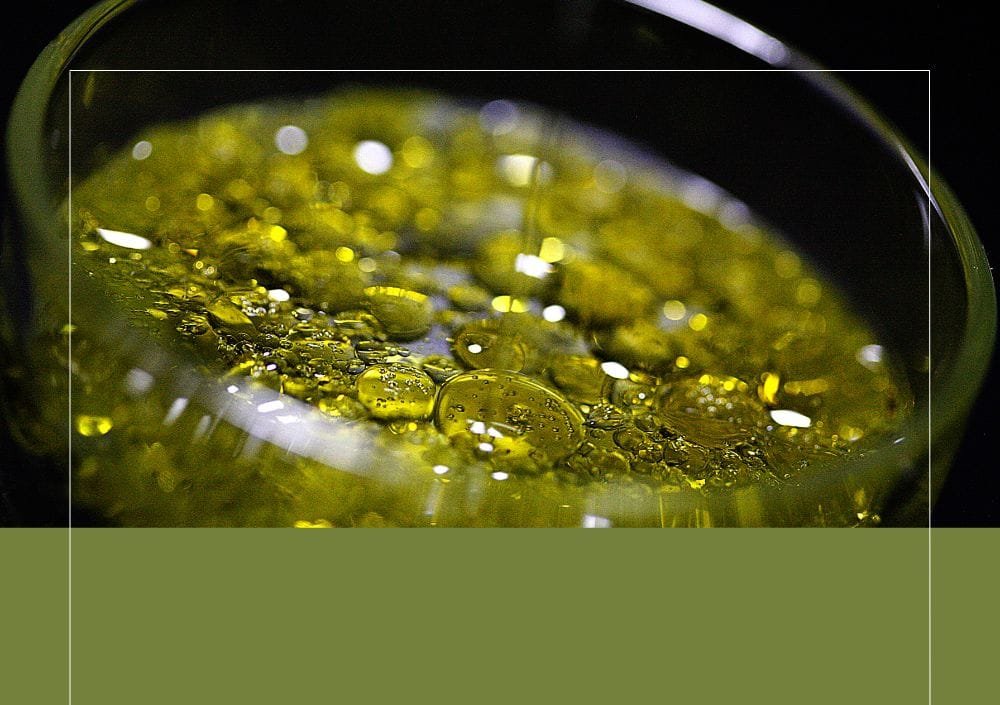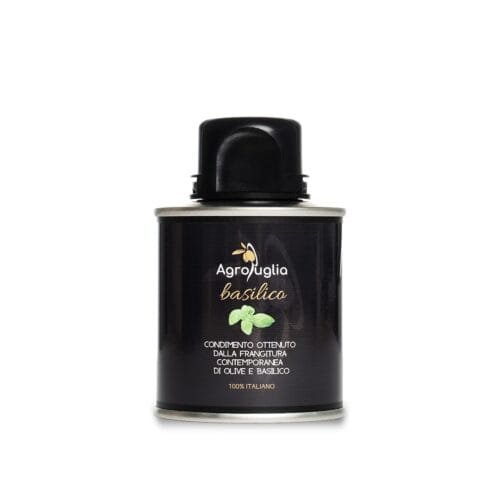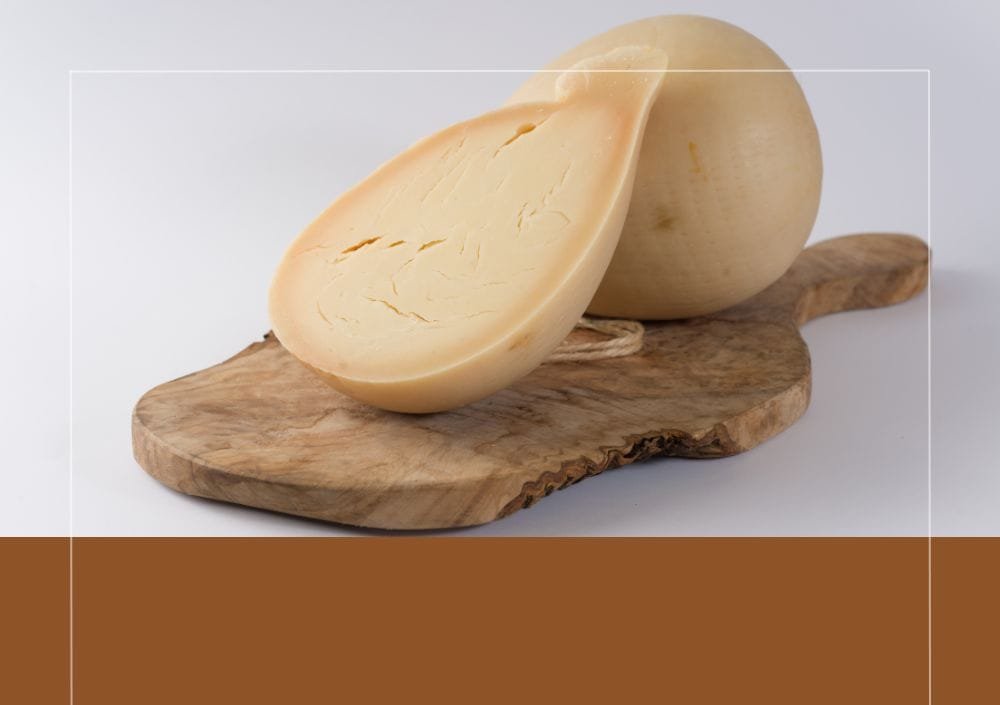The Coratina extra virgin olive oil represents an excellence of Apulian tradition. This precious product is the result of centuries of experience in olive cultivation and high-quality oil production. The Coratina, a native variety of Apulia, stands out for its unique characteristics and intense flavor, making it one of the most appreciated olives for the production of extra virgin olive oil.
This article explores the peculiarities of Coratina oil, starting from the characteristics of the olive itself to its organoleptic properties. It examines the production process that guarantees the purity and superior quality of this Apulian EVO oil. Furthermore, it highlights the health benefits linked to the regular consumption of Coratina extra virgin olive oil, which is rich in vitamin A and linoleic acid. Finally, it offers a look at the market, including offers and prices for this prestigious extra virgin olive oil.
Characteristics of the Coratina Olive
Origin and Distribution
The Coratina olive has a deep history rooted in Apulian tradition. This cultivar takes its name from the city of Corato, in the province of Bari, and has widely spread in northern Bari and the southeast of the province of Foggia. Initially used as a “blending oil” to improve the consistency of more delicate oils, it has progressively gained a leading role in Italian olive-growing tradition.
Appearance and Properties
Coratina olive trees are medium-sized, with a dense and expansive canopy. The lance-shaped leaves have a deep green exterior and a silver tone inside. This variety is particularly resistant to diseases and adverse weather conditions, making it highly suitable for organic farming.
Coratina olives are recognizable for their considerable size, with some fruits reaching up to 4 grams in weight. They have a slightly asymmetrical shape and a high pulp-to-pit ratio. The skin changes from bright green to dark purple as it ripens. A distinctive feature is its tendency to grow in clusters, which gives rise to the dialectal name “raceme olive.”
Harvesting Period
Coratina is characterized by late ripening compared to other olive varieties. The harvesting period takes place between November and January, providing farmers with a harvesting opportunity when other varieties have already been completed. Despite the late harvest, Coratina has an exceptionally high oil yield, which can reach 20-25% under optimal conditions.
Organoleptic Properties of Coratina Oil
Sensory Profile
The Coratina extra virgin olive oil stands out for its unique and intense sensory profile. It presents a medium to intense fruitiness, characterized by notes of freshly cut grass, artichoke, and green tomato. On the palate, it immediately reveals a strong flavor with well-balanced bitter and spicy notes.
Polyphenol Content
One of the most significant characteristics of Coratina extra virgin olive oil is its high polyphenol content, powerful natural antioxidants. The average polyphenol concentration in this oil is around 560 mg/kg, far exceeding the minimum value of 350 mg/kg established by the EFSA.
Health Benefits
Antioxidant Properties
Coratina oil stands out for its high content of antioxidants, particularly polyphenols and vitamin E. These compounds protect against free radicals and help prevent cellular aging.
Cardiovascular Effects
The high content of monounsaturated fatty acids, especially oleic acid, makes Coratina oil beneficial for heart health, helping to lower LDL cholesterol and regulate blood pressure.
Conclusion
Coratina extra virgin olive oil is a true treasure of Apulian tradition. Its high polyphenol content and low acidity make it a well-being elixir, benefiting cardiovascular health and reducing inflammation.
FAQs
What are the sensory characteristics of Coratina extra virgin olive oil?
Coratina extra virgin olive oil has a medium fruitiness and stands out for its bitter and spicy notes. It is also known for its aroma of green grass, marigold, and artichoke. This type of oil is perfect for seasoning steamed vegetables, tomato salads, grilled porcini mushrooms, and legume soups.
Where does the name “Coratina” come from?
The name “Coratina” derives from the city of Corato, located in the province of Bari. This olive variety is one of the oldest and most resistant among those cultivated in Apulia.
How can a Coratina olive tree be identified?
Coratina olive trees are recognizable by their dense canopies and relatively short branches. These medium-sized trees have elliptical leaves with an intense dark green color.
What are some of the most appreciated extra virgin olive oils in Italy?
Among the most appreciated extra virgin olive oils in Italy for their quality-price ratio, according to a 2021 Altroconsumo ranking, “Monini Bios” ranks first, followed by “Clemente” and “Carapelli Bio.”

















